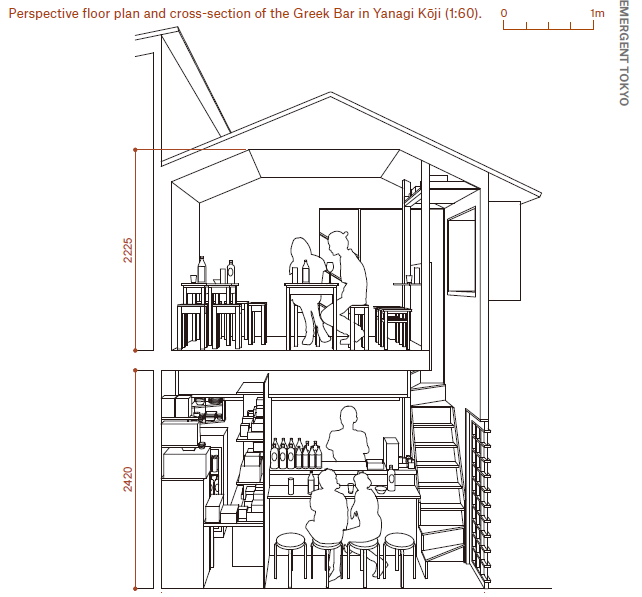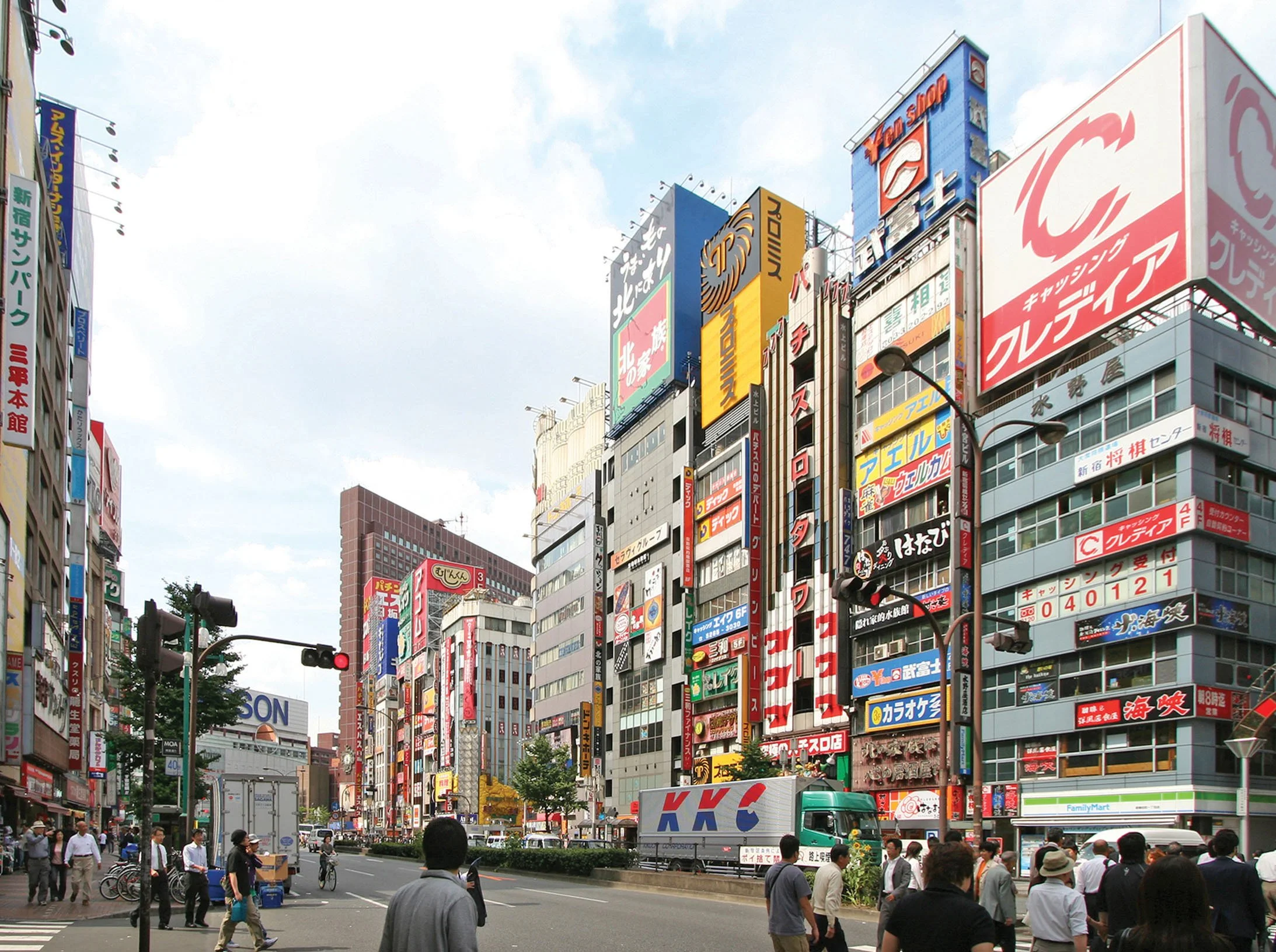Book review: Emergent Tokyo
Emergent Tokyo: Designing the Spontaneous City is one of the very best books about cities and city-building that I’ve read, and I have devoured dozens of these kinds of books just in the last few years. At several points, its keen insights had me putting the book down and loudly exclaiming “YES!” I can’t recommend this book highly enough for folks who want to understand how cities work.
Published in 2022, Emergent Tokyo focuses on the titular city but draws out important universal observations about city-building. Using data science, the authors and their research team looked through the Tokyo government's wealth of quantitative information about every building, road, and plot of land to pinpoint key characteristics of Tokyo neighborhoods and find a common “pattern language” across neighborhoods. They then hone in on five key urban archetypes:
Yokochō alleyways: “warrens of lively, micro-scale bars and restaurants centered around tiny alleys and backstreets” that are “prime settings of informal public life thanks to their small scale and relaxed yet intimate atmosphere.” Tiny yokochō bars offer endless variety to Tokyo residents and visiting tourists, while enabling entrepreneurs to create businesses and livelihoods with extremely low start-up costs.
Zakkyo buildings: densely packed multi-tenant buildings with commercial functions vertically on all levels.
Undertrack infills: developed areas beneath elevated railways (and sometimes highways) that are permeable and “are thoroughly incorporated into a broader street-level context.”
Ankyo streets: literally, “dark canal” streets, these are former waterways that have been covered over and turned into paths and roads that are “ambiguous spaces open to flexible interventions.”
Dense low-rise neighborhoods.
These five urban patterns exemplify different forms of “emergent urbanism.” The authors define “emergence” as “the spontaneous creation of order and functionality from the bottom up.”
At the same time, the authors state that Tokyo is at a dangerous crossroads, pointing to recent large-scale developments that threaten Tokyo’s emergent urbanism. One example: commercial developers trying to recreate the undertrack Ginza Corridor's success have missed the mark: "...they often lose the magic they're trying to capture; their top-down managerial styles and highly centralized decision-making culture gets imprinted onto the urban spaces they redevelop, resulting in tightly controlled and homogenized areas." Another example: the Mori Building Company’s vertical garden city plan "resuscitates Le Corbusier's failed and long-abandoned vision for 'towers in a park' urbanism," devoid of traditional street life.
Cities are never static, and even the most thriving cities are at risk of losing a lot of what makes them special if top-down development crowds out the ongoing bottom-up organic evolution that creates vibrant cities.
This book has countless statements that are so on-point that I can’t help quote them word-for-word:
“Tokyo’s greatness as a city stems from its wide variety of inclusive and adaptive urban spaces.”
Large-scale corporate developments "freeze Tokyo's vibrancy by petrifying districts into sterile, fortress-like, inward-looking, highly controlled projects with less adaptability, less diversity, less creativity, and less dynamism."
A city can evolve "by adding layers over its existing cityscape, without resorting to cataclysmic changes that inevitably entail bigger developments and more controlled environments at the expense of human-scale living and spontaneity."
Dense, low-rise neighborhoods "offer an adaptable urban fabric, transit convenience, and vibrant community life."
“...Emergent Tokyo [is] a city of intimacy, resilience, and dynamism built from the bottom up by its ordinary inhabitants.”
Yes, THIS is how great cities are built - not from the top down but from the bottom up. They are not built out of whole cloth, neighborhood by neighborhood, but rather building by building. They don’t appear, they emerge. The book’s authors deserve the final word:
“The designer's role is not to dictate exactly what the end result of complex interactions should look like, but rather to design into being the necessary preconditions for emergence to occur."
Authors Jorge Almazán and Studiolab, and research editor Joe McReynolds, did an incredible job putting together this deep-dive on Tokyo that has lessons for great cities everywhere.
Five stars.
Emergent Tokyo: Designing the Spontaneous City | By Jorge Almazán and Studiolab | Oro Editions | 2022 | 223 pp. | $24.95




